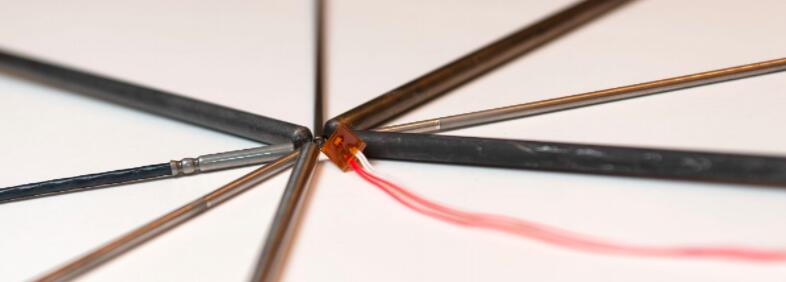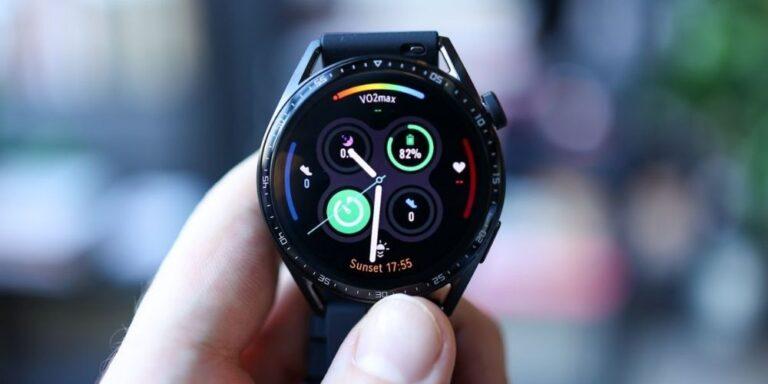Pt100 temperature sensor – useful things to know

The Pt100 temperature sensors are very common sensors in the process industry. This blog post discusses many useful and practical things to know about the Pt100 sensors. There's information on RTD and PRT sensors, different Pt100 mechanical structures, temperature-resistance relationship, temperature coefficients, accuracy classes and on many more.
A while back I wrote about thermocouples, so I was thinking it’s time to write about RTD temperature sensors, especially on the Pt100 sensor which is a very common temperature sensor in the process industry. This blog ended up being pretty long as there is a lot of useful information to share on Pt100 sensors. I hope you like it and that you learn something from it. So let’s get into it!
Table of contents
As this post became pretty long, here’s a table of contents to help you to see what's included:
RTD sensors
PRT sensors
PRT versus thermocouple
Measuring RTD/PRT sensor
Measurement current
Self-heating
Different mechanical structures of PRT sensors
SPRT
Partially supported PRT
Industrial Platinum Resistance Thermometers, IPRT’s
Film
Other RTD sensors
Other Platinum sensors
Other RTD sensors
Pt100 sensors
Temperature coefficient
Pt100 (385) temperature resistance relationship
Other Pt100 sensors with different temperature coefficients
Make sure your measurement device supports your Pt100 sensor
Pt100 accuracy (tolerance) classes
Coefficients
Callendar-van Dusen
ITS-90
Steinhart-Hart
Other "Temperature" related blog posts
Beamex temperature calibration products
For terminology, both “sensor” and “probe” words are generally used, I mainly use “sensor” in this article.
Also, people write "Pt100" and "Pt-100", I will mainly use the Pt100 format. (Yep, I know that IEC / DIN 60751 uses the Pt-100 format, but I am so used to the Pt100 format).









